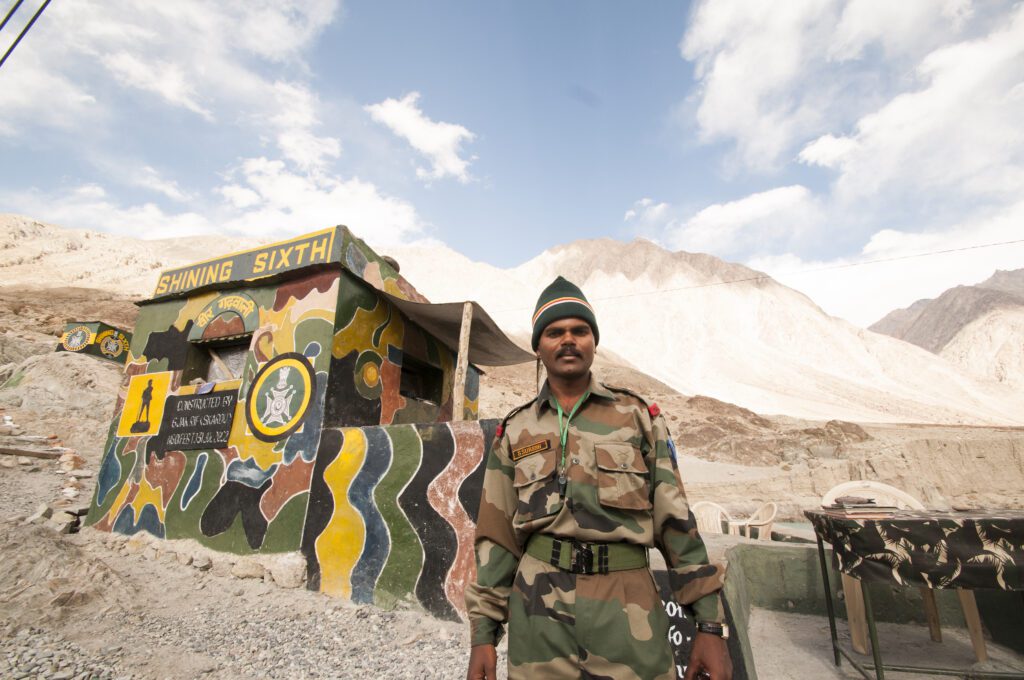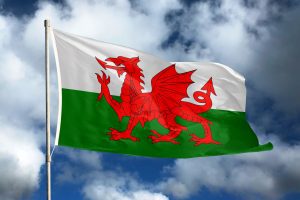What happened on Tuesday?
A suspected terrorist attack last Tuesday [April 22] in India-administered Kashmir near the India and Pakistan border left at least 26 dead, including nine civilians and eight Indian paramilitary personnel.
Authorities are calling this the deadliest assault in the region this year. The incident has reignited simmering tensions around the India and Pakistan border and is drawing renewed international attention, including policymakers in the UK.
According to Indian security officials, militants ambushed a military convoy on Tuesday morning using improvised explosive devices (IED’s) and automatic weapons.
The assailants are believed to be affiliated with The Resistant Front, a Pakistan-based extremist group previously designated as a terrorist organisation by both the UK and United Nations. A manhunt is currently underway, with the Indian army conducting combing operations across southern Kashmir.
What’s the story behind Kashmir?
The Partition and the First War (1947–1948)
When British India was partitioned in 1947 into the newly independent nations of India and Pakistan, princely states were given the choice to join either country. Jammu and Kashmir, a Muslim-majority state ruled by a Hindu Maharaja (Hari Singh), initially chose to remain independent.
But that decision was short-lived. In October 1947, tribal militias from Pakistan invaded Kashmir, prompting the Maharaja to seek military assistance from India. India agreed on the condition that Kashmir formally accede to the Indian Union. The Instrument of Accession was signed, and Indian troops were flown in.
A bloody war followed, and in 1949, the United Nations brokered a ceasefire. The region was divided along what is now called the Line of Control (LoC), with India controlling about two-thirds and Pakistan the rest. The conflict surrounding the India and Pakistan border continues to cause unrest in the region. The UN recommended a vote to let Kashmiris decide their future: a vote that never came.
Wars and Stalemates (1950s–1970s)
The territorial dispute led to two more wars over the India and Pakistan border: In 1965 and again in 1971. The former was a direct conflict over Kashmir, while the latter was centered around Bangladesh (then East Pakistan), though tensions in Kashmir contributed to the hostility.
While ceasefire agreements ended the wars, no political resolution emerged. Over time, both sides of the India and Pakistan border solidified control over their respective territories. For the local population, especially in Indian-administered Kashmir, economic development took a backseat to militarization and politics.
The Insurgency Era (1989–2000s)
In 1989, Kashmir erupted into armed insurgency, fueled by political dissatisfaction, heavy-handed governance, and support from Pakistan-based militant groups. For the next two decades, Indian-administered Kashmir experienced frequent violence, military crackdowns, and curfews.
Tens of thousands of people were killed. The once-thriving tourism and handicrafts sectors collapsed, and foreign investment dried up. Over time, the India and Pakistan border region around Kashmir and Jammu became synonymous with conflict, and business ground to a halt.
Diplomatic Efforts and Limited Thaws (2003–2016)
A major ceasefire agreement in 2003 ushered in a period of relative peace. Cross-border bus services and trade routes were opened. Tourism saw a cautious revival. Confidence-building measures between India and Pakistan brought hope for normalization.
But the peace was fragile.
Attacks like the 2008 Mumbai terror attacks and the 2016 Uri army base assault once again hardened positions.
India blamed Pakistan-based groups, while Pakistan denied involvement.
Trust eroded.
Constitutional Shockwave: Article 370 Revoked (2019)
On August 5, 2019, India revoked Article 370 of its Constitution, which had granted Jammu and Kashmir semi-autonomous status since independence.
The government also bifurcated the state into two union territories, Jammu & Kashmir and Ladakh, placing them under direct federal control. The move was celebrated in parts of India, but in the Kashmir Valley, it was met with anger, fear, and widespread protest. The government imposed an internet blackout, communications freeze, and military lockdown, some lasting for months.
Why does this attack carry so much weight?
This attack marks a grim echo of the 2019 Pulwama bombing, which nearly brought India and Pakistan to the brink of war. As New Delhi points fingers toward Islamabad, Pakistan’s foreign ministry issued a swift denial, reiterating its commitment to regional peace and blaming India for “weaponising” terrorism rhetoric for political gain.
Meanwhile, diplomatic observers warn that the Kashmir conflict, long overshadowed by other global crises, could again spiral into international headlines.
Kashmir has remained one of the world’s most enduring and volatile territorial disputes. The region was stripped of its semi-autonomous status by the Indian government in August 2019, a move condemned by Pakistan and criticised by several UK MPs, including members of the All-Party Parliamentary Group (APPG) on Kashmir.
Since then, Kashmir has been subject to increased militarisation, internet blackouts, and allegations of human rights abuses: factors that have intensified hostility on both sides.
India and Pakistan Border: A Region on Edge
Security experts fear that the attack may provoke a rash response from the Indian government, which has already deployed additional troops to the region near the India and Pakistan border, and suspended mobile networks in several districts.
With general elections on the horizon in India, some warn of potential political incentives to escalate nationalist rhetoric particularly from the ruling Bharatiya Janata Party (BJP).
Currently, the India and Pakistan border in the region has been partially shut, with the Indian government revoking visas issued to Pakistani nationals from Sunday. Pakistan has also revoked Indian visas, giving 48 hours for Indian nationals to leave the country.
Featured Image via CRS Photo/Shutterstock.




